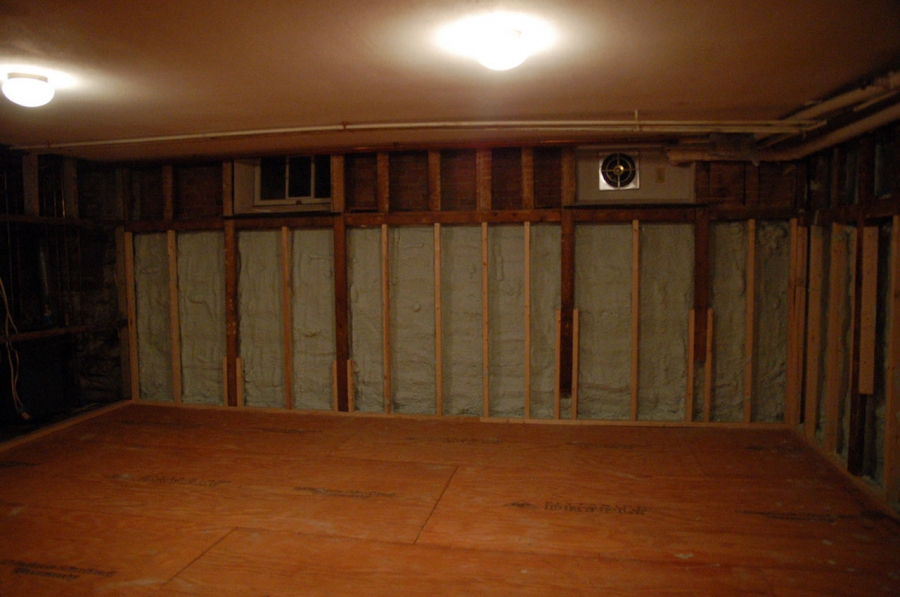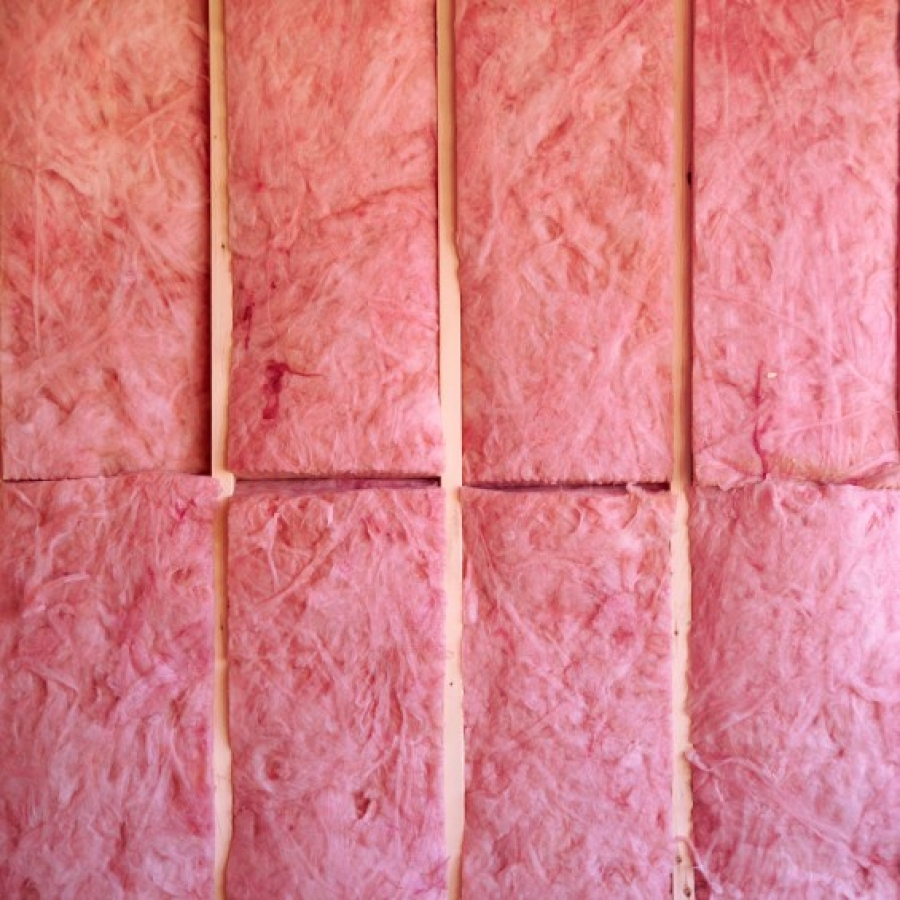Fire Retardants: Are They Unsafe?
 Image (cc 2.0) jdickert
Image (cc 2.0) jdickert
Health and safety regulations make the world a healthier and safer place, right? That would seem like an obvious assumption, but sadly that’s not always the case. Regulations governing flame retardancy are one such example. Flame retardants, various chemical compounds intended to improve fire safety, have been associated with endocrine disruption, neurological and developmental toxicity, loss of fecundity, and cancer. Flame retardants are added to foam insulation and other building materials, end up as dust in the environment; those made of polybrominated diphenyl ethers (PBDEs) are widespread and bioaccumulate in blood, breast milk, and fat tissues as they break down over the course of their life cycle.
Flame retardants’ affect on health and the environment is an important enough issue. However, their effectiveness is also under scrutiny. According to a report published by leading fire safety researchers in the scholarly journal Building Research and Information, these mandatory flame retardants are not only harmful to health and the environment, but when added to foam insulation they actually do not improve fire safety in buildings that already have a fire-safe thermal barrier in place.
The ineffectiveness of flame retardants in foam insulation
Building codes already mandate that fire-safe thermal barriers, such as gypsum wall board, concrete, and soil, be built into homes. The researchers tested gypsum wall board (0.5" thickness compliant with code requirements) and found that it satisfied the code requirement to withstand fire exposure for 15–20 minutes, which is far longer than someone could survive a room fire that has gone to flashover. Even a firefighter clothed in the proper gear could only survive a room post-flashover for a brief time. Further, the combustibles behind the gypsum were not ignited in this timeframe, leading to the conclusion that any foam located behind the barrier does not need to be fire-retardant.
Do flame-retardant compounds prove useful in cases when fire has spread into wall or ceiling cavities? The National Research Council (NRC) of Canada has found that in the absence of adequate firestopping materials, fire can spread vertically within the wall cavities; they also found that this depended on the thickness of the gap between the interior wall and insulation. When gaps were larger than 1", propagation occurred, and when gaps were smaller than 1", they did not.
In the event that someone builds a home in violation of building codes and has foam insulation exposed without any thermal barrier, it still does not mean that flame retardants are necessary. Prior to 1976, building codes allowed insulation to be exposed and, despite the insulation being flame-retardant, serious fires still occurred. This problem prompted changes to the Uniform Building Code in 1976 that called for a thermal barrier to protect the foam insulation from the heat of fire.
Chemical life cycle
The chemicals hexabromocyclododecane (HBCD or HBCDD) and tris (1-chloro-2-propyl) phosphate (TCPP) are commonly employed as flame retardants in plastic insulation. These chemicals are not bonded to foam and thus migrate out, entering the environment at different stages throughout the product's life cycle.
Looked at across the entire life cycle, they adversely affect health and the environment. During manufacturing, they are released as emissions, affecting workers and the environment. During use they leach from products and spread throughout the environment. Our exposure to them is via dermal contact, inhalation, or ingestion and through chemical contamination of air, water, dust, etc. They get into the environment, bioaccumulate in wildlife and humans, and reside in the food supply. After disposal they continue to affect the environment (dioxins, termed persistent organic pollutants, persist in the environment) and affect workers.
Green home does not equal healthy home
Green homes have become known as a healthy home choice, but here we're finding a stumbling block that prevents many green homes from being truly healthy—builders looking to improve energy efficiency tend towards the increased use of high R-value plastic insulation such as polyurethane, polystyrene and polyisocyanurate. And with all this insulation in the walls, educated green home buyers may think twice, particularly those who are more affected by chemical exposure, such as pregnant women and children.
Questioning building codes
“Of the 80,000 chemicals in use, 85 per cent of them have never undergone testing for their impact on the human body.” (Source: The Disappearing Male). Given the unbridled growth of the chemical industry paired with a painfully slow regulatory mechanism, safety measures end up taking time to catch up with reality, leaving everyone and everything on the planet as guinea pigs in the grand experiment.
In the past, chemicals such as asbestos and PCBs have been used to increase fire safety, but after discovering the ill effect they have on health and the environment their use has been discontinued. We're facing the same issue with flame retardants today. They can cause serious health and environmental damage and do not provide additional fire safety when added to foam insulation, yet we still use them. Further, fire statistics suggest that foam insulation rarely factors into fire safety in the first place. The 2011 study Home Structure Fires reported that insulation in the home’s structural area was the prime cause for flame spread in only 2 percent of fires in U.S homes, causing 0 civilian deaths and 40 injuries.
The chemicals found in foam insulation are unhealthy, ineffective and of little use in the first place, yet we continue to use them.
There is a better way. Scandinavian countries, such as Sweden and Norway, design fire safety into their building codes through the construction of the buildings and use of thermal barriers, not by forcing buildings to have flame retardant insulation. It is this kind of thinking that the report authors are hoping to instill in the U.S.
“This [building code changes] can be achieved by exempting foam plastics that are protected by a thermal barrier, concrete or masonry from flame spread and smoke developed requirements as determined by ASTM E 84 Steiner Tunnel test,” says report co-author Veena Singla. “Such an exemption would offer manufacturers and consumers a choice for healthier materials without compromising fire safety. The Safer Insulation Solution team, which includes architects, builders, scientists, fire safety experts and firefighters has submitted code change proposals as above to the International Code Council for the 2015 International Residential Code.”
Given all the evidence there’s a strong case to change the code. A change that is in line with an industry moving forward with energy-efficient insulation and consumers that are increasingly demanding healthy homes. The question then becomes what do we do with the insulation already in the home? And what about all the other harmful chemicals… what do we do about them? To a planet engulfed in chemicals, even restricting the use of a few common ones makes a big difference. And what better place to cut chemicals out of our lives than at home.

UB Hawthorn
UB Hawthorn edits and writes for the Engaged Living Network of sites: Green Building Canada, Green Home Gnome, Greenhouse Gnome and The Mindful Word. You can connect with him on Google+.


